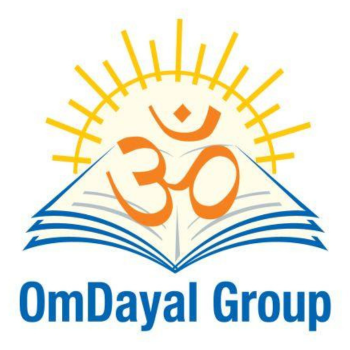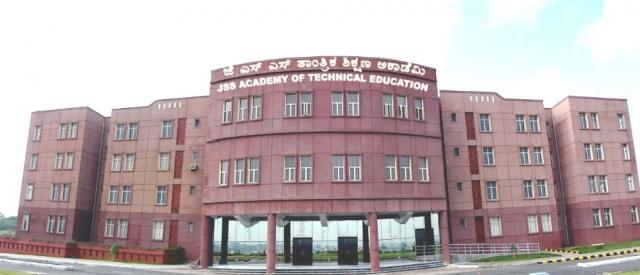Global Institute of Technology Jaipur has established itself as a notable player in technical education, with its placement outcomes reflecting both the evolving engineering landscape and the institution’s focus on industry readiness. While core branches like Mechanical and Civil Engineering face challenges common to tier-2 institutions, emerging domains such as Artificial Intelligence and Cybersecurity show promising trajectories. The college’s placement cell plays a pivotal role in bridging academic training with corporate expectations through structured skill development programs.
Table of Contents
GIT Jaipur-Placement Overview
| Branch/Course | Avg Package (LPA) | Highest Package (LPA) | % Placed / No. Placed | College Avg Placement (LPA) | Additional Info | Student Review on Placement Data |
| B.Tech Computer Science Engineering | 4-5 | 8-10 | 70-80% | 4.5 | Major recruiters: TCS, Infosys, Wipro | Decent placements for CSE with tier-3 companies dominating |
| B.Tech Artificial Intelligence & Data Science | 4-5.5 | 7-9 | 65-75% | 4.5 | Newer course with growing demand | Limited but improving placement opportunities |
| B.Tech Cyber Security | 3.5-4.5 | 6-8 | 60-70% | 4.5 | Niche roles in cybersecurity firms | Average packages compared to core CSE |
| B.Tech Information Technology | 3.5-4.5 | 7-8.5 | 65-75% | 4.5 | Similar recruiters to CSE | Comparable to CSE but slightly fewer offers |
| B.Tech Mechanical Engineering | 3-4 | 5-6 | 50-60% | 4.5 | Core engineering roles limited | Few core companies visit campus |
| B.Tech Civil Engineering | 2.5-3.5 | 4-5 | 40-50% | 4.5 | Infrastructure companies participate | Lowest placement rate among branches |
| B.Tech Electrical Engineering | 3-4 | 5-6 | 45-55% | 4.5 | Power sector recruiters | Limited electrical core placements |
| M.Tech Computer Science | 4-6 | 8-9 | 60-70% | 5 | Preference for PG specializations | Better packages than UG for same domain |
GIT Jaipur-Branch-Wise Performance Insights
Computer Science Engineering (CSE) leads placements, with 70–80% of students securing roles in IT services firms. While tier-3 companies dominate recruitment, occasional participation from mid-sized product-based firms contributes to the highest packages reaching 8–10 LPA. Artificial Intelligence & Data Science, though a newer program, demonstrates growing traction, with average packages nearing 5.5 LPA. The curriculum’s alignment with analytics and machine learning trends has attracted startups and IT giants exploring niche roles. Core Engineering Branches such as Civil and Mechanical face headwinds, with 40–60% placement rates. Limited onsite recruitment from infrastructure and manufacturing sectors results in reliance on off-campus opportunities for specialized roles.
GIT Jaipur-Strategic Initiatives by the Placement Cell
The institute’s placement cell adopts a three-pronged approach:
- Skill Enhancement Workshops: Regular coding bootcamps, mock interviews, and communication skills training.
- Industry-Academia Partnerships: Collaborations with regional IT hubs to facilitate internships and live projects.
- Diversified Recruitment Drives: Encouraging startups and SMEs to participate alongside established corporations. For postgraduate students, the cell emphasizes research-driven placements, resulting in higher average packages for M.Tech graduates compared to their undergraduate counterparts.
GIT Jaipur-Emerging Trends and Challenges
- Cybersecurity Demand: Increased hiring by fintech and e-commerce firms for threat analysis roles, though packages remain 10–15% below mainstream CSE roles.
- Infrastructure Sector Slowdown: Impacting core engineering placements, with students increasingly opting for higher studies or cross-domain certifications.
- PG Specializations: M.Tech graduates in cloud computing and AI report better salary growth trajectories, reflecting industry prioritization of advanced technical skills.
GIT Jaipur-Future Outlook
The institute plans to expand its recruiter base in electronics and renewable energy sectors while strengthening alumni networks for mentorship and referral opportunities. With the introduction of hybrid courses blending core engineering with data analytics, placement diversity is expected to improve across all branches. Global Institute of Technology Jaipur’s placement outcomes mirror broader trends in Indian technical education, where IT-adjacent fields maintain dominance while traditional engineering domains undergo transformative skill integration. The college’s iterative approach to curriculum updates and recruiter engagement positions it to capitalize on shifting industry demands.










